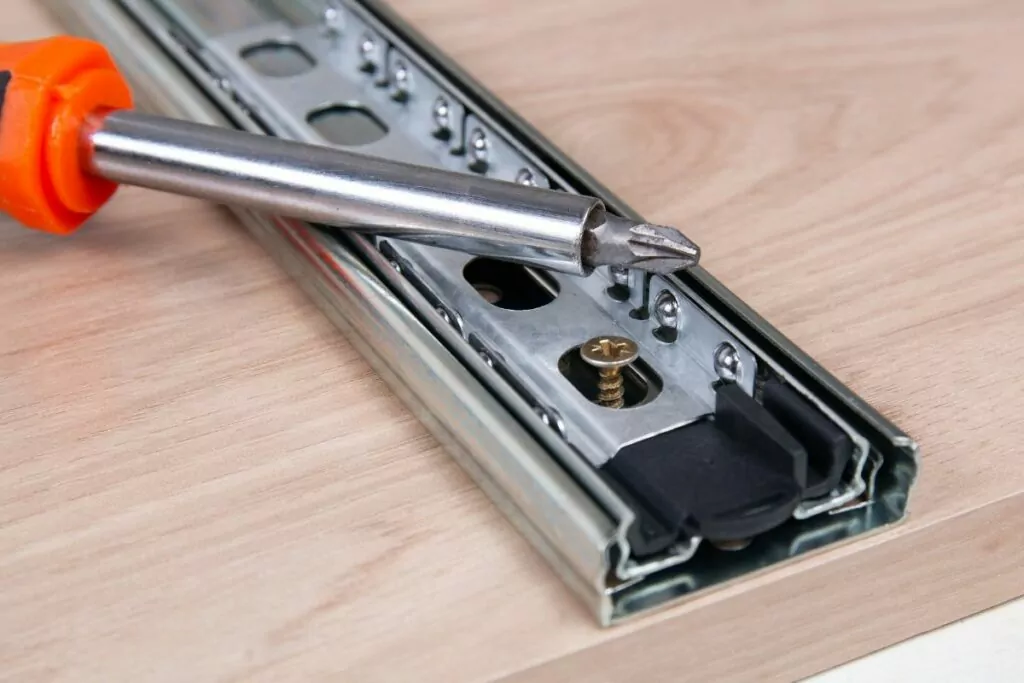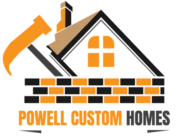Many bolts will become stripped after a while, meaning that the head will become damaged and disfigured, and the slots at the tip will become worn out, making them very difficult to remove with a simple screwdriver.

While this is a tricky task, luckily, it’s not impossible as long as you know the correct way to eject a bolt that may have been used for too long or has recently picked up some damage and lost some of its original shape.
Today, we’re going to take a look at how to remove each type of stripped bolt and what equipment you will need, so that you won’t have to spend hours trying to force it out with a knife or screwdriver.
How Do Bolts Become Stripped?
All bolts can become stripped, and while taking care of them and installing them correctly with the appropriate tools will help them last as long as possible, many of them will still become damaged over time, usually from rusting.
Using a socket or wrench that is too big for the bolt is an easy way to round off the head which will make it very difficult to remove, which is why having the correct sized equipment is so crucially important for DIY projects.
Types Of Stripped Bolts
Before you begin trying to remove a stripped bolt, you’re first going to need to identify how the bolt has actually been damaged since the equipment you will need to use will depend on the bolt’s current condition.
There are three main ways a bolt can be stripped, these being:
- The bolt has rusted
- The bolt head has snapped off entirely
- The bolt head has been rounded with the edges and sides flattened down
Once you’ve taken a closer look at the bolt and you know which of these it applies to, then you can start taking the necessary steps to remove it with the correct equipment so that the removal doesn’t end up causing any further damage to the surface it’s attached to.
Removing A Rusted Bolt
The most common reason bolts will become stripped is simply rusting due to corrosion over a few years.
Rather than simply leaving the bolt in the wall and forgetting about it, removing a rusted stripped bolt can always be a good idea, even if it’s not currently in use, especially since it will only become harder to remove in the future.
Step 1 – Clean Off The Rust
Use a wire brush to brush off the paint and corrosion off the bolt head, so that you can get a much firmer grip on the tip of the bolt when using your wrench.
Penetrating oil, which deposits a layer of oil in between the joints of the bolt to make it easier to eject, will also be able to cover the metal much easier when there is no rust obstructing it.
Step 2 – Choose A Hex-Closed End Wrench
A hex-closed-end wrench will work best to remove the bolt because it will give you a much tighter grip on the head compared to open-end C-shaped wrenches, slip-joint pliers, and locking pliers.
So that it can reliably fit around the head of the bolt, even if it has become rounded and misshapen, you will also want to make sure that the wrench has a hexagonal 6-point end as opposed to a 12-point one.
Step 3 – Start Loosening The Bolt
Gently tap straight down the top of the bolt head with a ball peen hammer to begin loosening it up, and then cover every inch of the bolt with penetrating oil so that it can slide out easier.
Once the oil has been applied, wait for 20 minutes before then using a propane torch to heat up the bolt for 30 seconds. Each time you do this, grip the bolt with the closed-end wrench and turn counter-clockwise until it is finally removed.
Removing A Broken Bolt

If the bolt head has snapped off completely, you’re going to need a screw extractor set so that you are able to remove the bolt from the center of the metal rather than the top.
Step 1 – Loosen With Needle-Nose Pliers
Grab a small section of the bolt using a pair of needle nose pliers and begin turning it to the side. Ideally, you will want about a quarter of an inch of the bolt to emerge, so keep tightening the pliers until they get a firm grip on the metal so that you can start exposing it.
Step 2 – Use The Screw Extractor Set
After applying some thread-cutting oil to the bolt, drill a hole right through the center about ¼ inch deep, and then bring out your extractor set to start removing the metal pieces.
Begin by turning the extractor counter-clockwise, and once it reaches the very bottom of the hole, the bolt will start to emerge.
If the bolt is a little stubborn and still won’t lift up along with the extractor tool, try bringing it up as far as you can, and then switch to a set of locking pliers to finish the job.
Removing A Rounded Bolt
In the case of a bolt that has a rounded head, the good news is it can easily be removed, so long as you have a bolt extractor set and a pair of locking pliers next to you.
Step 1 – Rise The Bolt Using Locking Pliers
Hold the locking pliers to the side, grip the head of the bolt with maximum force, and turn it counter-clockwise until you can reach the center of the bolt with the pliers to continue lifting it out of the hole.
Step 2 – Loosen With The Bolt Extractor Set
Apply a bit of penetrating oil to the bolt, then place the reverse-spiral sockets in the set over the bolt head.
Tap the socket in place with a hammer, and proceed by turning counterclockwise until the socket is firmly attached, and the bolt will slowly emerge.
Step 3 – Create A Groove And Remove
Using the metal wheel on a rotary tool, create a groove in the head of the bolt which is big enough for a flathead screwdriver to fit into. Add a final splash of penetrating oil, insert the screwdriver, and turn the bolt until it finally pops out.
Summary
Stripped bolts can definitely be a real annoyance to deal with, but they can also become a real eyesore and an irritating issue to deal with when you’re in the middle of planning out future DIY projects, so it’s never a bad idea to remove them.
- What Kind of Room Has No Doors or Windows? - December 1, 2023
- What is a Powder Room? - December 1, 2023
- What Is a Kitchenette: Exploring the Features and Benefits of a Compact Kitchen - December 1, 2023










